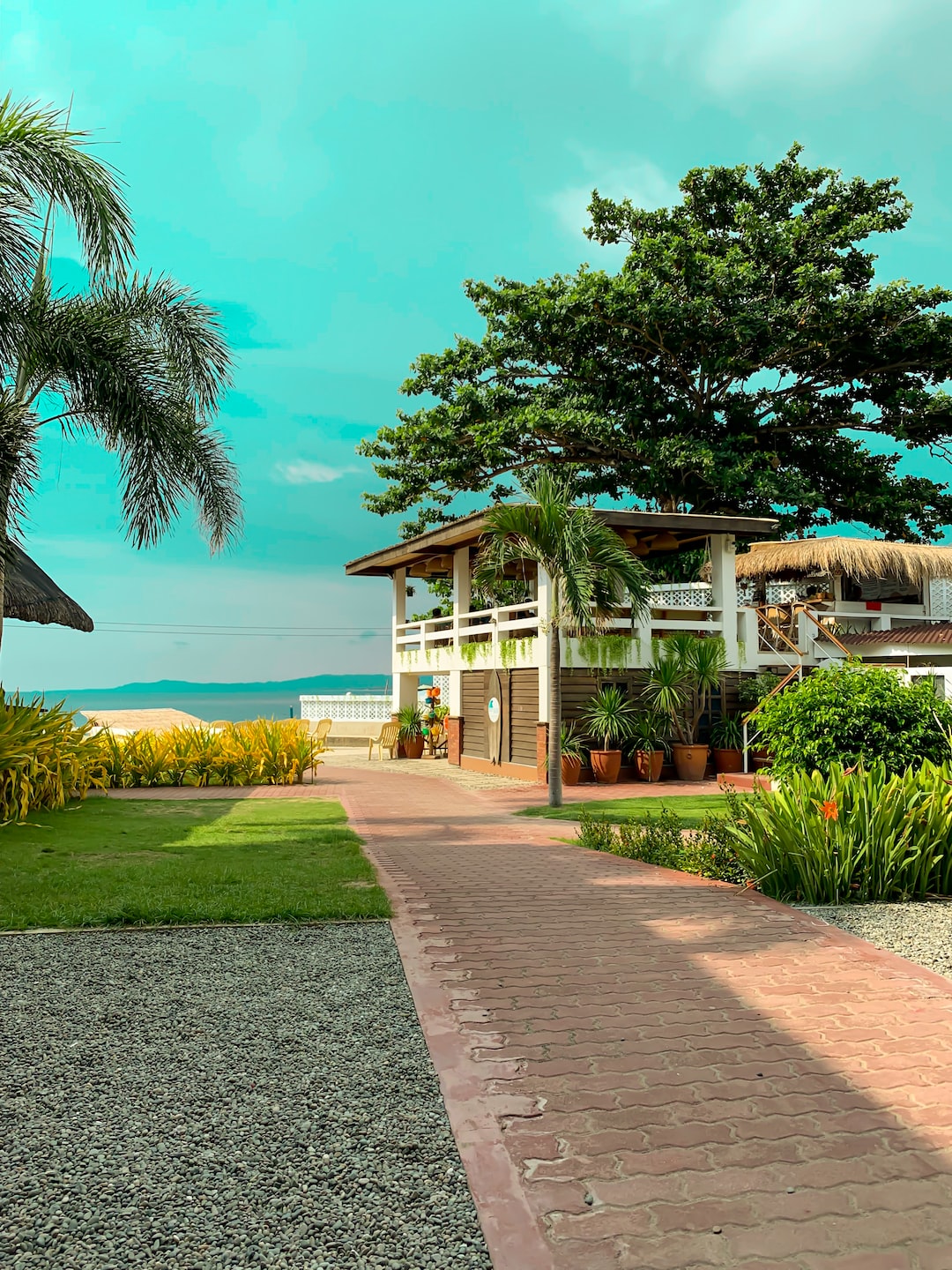How to Start a Container Garden
In recent years, container gardening has gained popularity as an easy and convenient way to grow plants, especially for those who lack a traditional garden space. Whether you live in a small apartment with limited outdoor area or simply want to enhance your existing garden, starting a container garden can be a delightful and rewarding experience. Here are some steps to help you get started and create a thriving container garden of your own.
1. Choose the Right Containers
The first step in starting a container garden is selecting the right containers for your plants. Look for pots or containers that have drainage holes, which allow excess water to escape and prevent root rot. Consider the size and material of the containers as well; larger containers provide more space for root growth, while materials such as terracotta or plastic help retain moisture. Additionally, consider the aesthetics of the containers – they should complement the plants and your overall design.
2. Select the Correct Soil
Choosing the right soil is essential for the success of your plants. Opt for a high-quality potting mix that is lightweight, well-draining, and nutrient-rich. Avoid using soil from your garden or heavy soil, as they tend to compact in containers and obstruct proper water flow. Adding organic matter, like compost or peat moss, can improve the soil’s fertility and moisture-holding capacity.
3. Determine the Sunlight Requirements
Different plants have varying sunlight requirements. Some thrive in full sun, others prefer partial shade, and there are those that thrive in full shade. Before selecting plants for your container garden, assess the available sunlight in your designated growing area. Observe the space throughout the day and determine if it receives direct sunlight, partial shade, or is predominantly shaded.
4. Select the Right Plants
Once you have assessed the sunlight conditions, it’s time to choose the plants that will thrive in your container garden. Consider the size of the plants at maturity, their growth habits, and their compatibility with one another. It’s crucial to ensure that the plants you select have similar water and sunlight requirements to make maintenance easier.
5. Prepare the Containers
Before planting, prepare your containers by cleaning them thoroughly. Remove any debris or old plants that may be present. Fill the pots with your chosen potting mix, ensuring there is enough soil to accommodate the root system of your selected plants.
6. Plant Your Container Garden
Now it’s time to get your hands dirty! Carefully remove the plants from their nursery pots, being gentle with the roots, and place them into the prepared containers. Make sure to plant them at the same depth as they were in the nursery pots, and firm the soil around the plants to eliminate any air pockets.
7. Water Properly
Watering is one of the most critical aspects of container gardening. Container plants rely on us to provide them with sufficient moisture since it’s challenging for their roots to extend beyond the container. Water your plants thoroughly, ensuring that the water drains out of the holes at the bottom of the containers. However, be cautious not to overwater, as this can lead to root rot. Monitor the soil moisture regularly, and adjust your watering schedule according to the plant’s needs and environmental conditions.
8. Feed and Fertilize
Plants in containers often require regular feeding since they rely solely on the nutrients present in the potting mix. Use a balanced, slow-release fertilizer or opt for liquid fertilizers, following the manufacturer’s instructions. Adding organic matter, such as compost or worm castings, can also boost the fertility of the soil and promote plant growth.
9. Prune and Maintain
Regular maintenance is essential to ensure the health and appearance of your container garden. Regularly inspect your plants for any signs of pest damage or disease. Prune dead or damaged foliage to encourage new growth and maintain the desired shape of your plants. Additionally, occasional grooming, like pinching back leggy stems, can promote bushier growth and improve the overall aesthetics of your container garden.
10. Enjoy the Fruits of Your Labor
Lastly, sit back, relax, and enjoy the fruits of your labor. Container gardening offers a fantastic opportunity to beautify your surroundings, grow your own food, and connect with nature, all from the comfort of your own home. Admire your thriving plants, take pride in your green thumb, and share the joy of container gardening with others.
Starting a container garden is a wonderful way to experience the joys of gardening, no matter how limited your space may be. With a little planning, proper care, and attention to detail, your container garden can flourish and bring you happiness for years to come. So, gather your containers, select your favorite plants, and embark on this exciting gardening adventure. Happy growing!

